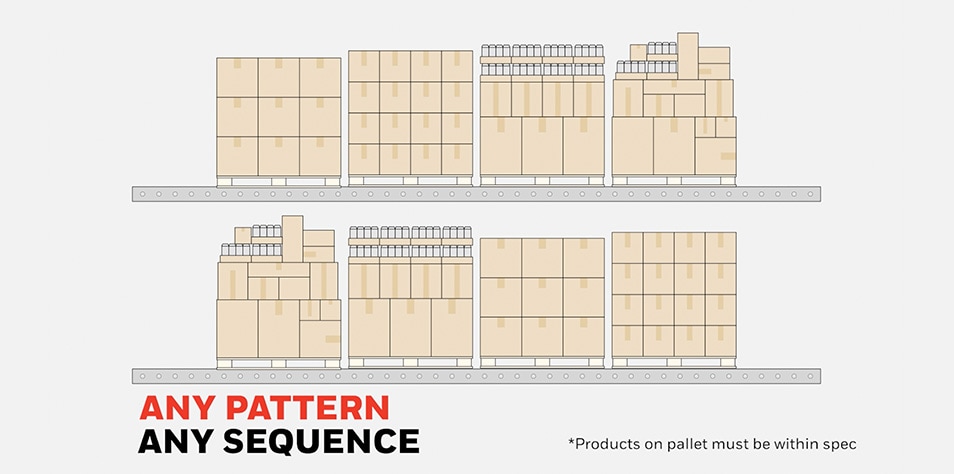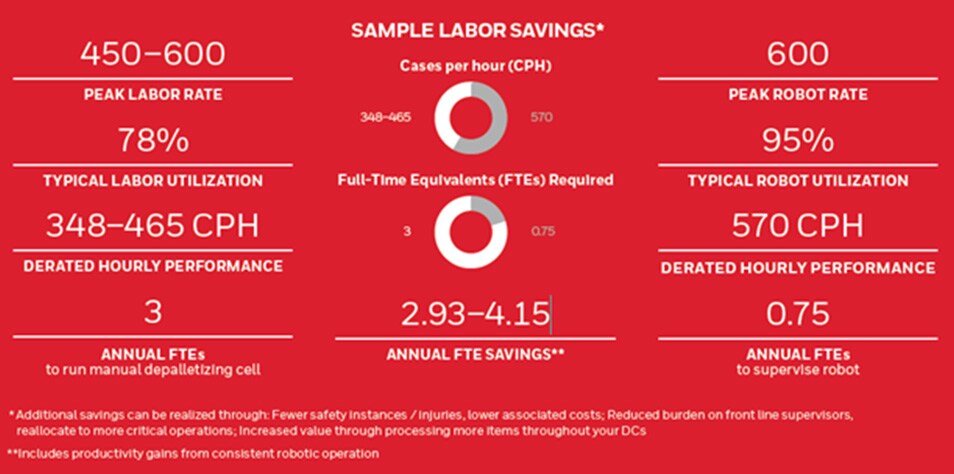-
Global
-
Africa
-
Asia Pacific
-
Europe
-
Latin America
-
Middle East
-
North America
- |
- Partners
- |
- Blog
- |
- Contact Us
- |
-
Services
Services
-
Productivity Services
Productivity Services -
Safety
Safety -
Warehouse Automation
Warehouse Automation
-
-
Industries
Industries
-
Healthcare and Life Sciences
Healthcare and Life Sciences -
Transportation and Logistics
Transportation and Logistics -
Manufacturing
Manufacturing -
Distribution Centers
-
Retail
Retail -
E-Commerce
-
Infrastructure
Infrastructure -
Government
Government -
Aerospace and Defense
-
Electrification
-
-
Support
Support
-
Productivity
Productivity -
Safety
Safety -
Sensing Solutions
Sensing Solutions-
Training
-
Sales Contact Form
-
Technical Support
-
Certificates
-
eCOM Portal
-
Distributor Inventory
-
Blog
-
Return Material Authorization (Test & Measurement)
-
Return Material Authorization (Citytech)
-
Return Material Authorization (EnviteC)
-
Legal Documents
-
Intelligent Life Care
-
Return Material Authorization (ILC)
-
-
Warehouse Automation
Warehouse Automation -
Global Tracking
Global Tracking
-
-
Where to Buy
Where to Buy
You are browsing the product catalog for
The Business Case for Automating Smart Flexible Depalletization
The Business Case for Automating Smart Flexible Depalletization
Eric Harty
August 19, 2021
The Business Case for Automating Smart Flexible Depalletization
With so many downsides to manual depalletization, automation would seem like an obvious solution. Until recently, however, depalletizing a variety of SKUs and different load patterns has been particularly challenging for robots to handle.
The job doesn’t sound like rocket science. Pallets arrive with a virtually random assortment of items or SKUs, each potentially positioned, oriented and labeled in a different way. All you have to do is pick up each item and put it onto a conveyor. But while humans can easily deal with unstructured and ever-changing tasks like this, robotic programming has taken a while to catch up.
As a result, most automated depalletizing solutions to date have only been practical for operations that handle consistently sized cases and load configurations. Today, however, depalletizing robots have become significantly smarter and more flexible, with the ability to transition seamlessly from mixed-SKU to single-SKU pallets in any sequence — without requiring additional programming or operator intervention.

Smart flexible depalletizing is overcoming previous operational limitations through major improvements in three key technologies:
- Significant advances in vision and perception
- Development of sophisticated machine learning (ML)
- Innovations in gripping technology
Together, these breakthroughs are driving fully automated solutions capable of meeting or exceeding the throughput of manual operations. Not only do these solutions offer significant benefits to modern distribution centers (DCs) and other fulfillment operations, the business case for their utilization is also increasingly attractive.
Labor Savings Can Be Significant
Say for example, that you have a crew of three full-time equivalents (FTEs) running a manual depalletizing cell. At peak performance, that crew will typically have a peak productivity rate somewhere between 450 and 600 cases per hour (CPH). When you factor in fatigue, breaks, distractions and the like, your average labor utilization rate is probably around 78% of that peak rate, or roughly 348 to 465 CPH.
Compare this performance to a smart flexible depalletizing robot performing the same task. With a peak rate of 600 CPH, the robot’s output is about the same as the top end of the manual crew. The robot, however, doesn’t require breaks, nor does it get tired or distracted. As a result, its utilization rate is typically closer to 95%, delivering an average hourly performance of 570 CPH.
In addition, it only requires 0.75 FTE to supervise the robot. This relieves your valuable workforce of an arduous and injury-prone task — while enabling them to focus on higher-value work with better retention rates.

Considerations for Successful Deployment
Although many suppliers offer robotic depalletizing solutions, few can claim to recommend robotic applications based on their end-to-end knowledge of the logistics ecosystem. Look for these system capabilities and partner traits to ensure the most reliable performance and rapid return on investment (ROI):
- Flexible configuration
- Easy integration with your existing infrastructure
- Intuitive user interface (UI)
- Turnkey deployment
- A3 certification of your integration partner
- Strong aftermarket support
- Bottom-line focus
- Alternative financing options
To learn more about how smart flexible depalletizing cells can help to ensure your success with a practical solution to a longstanding challenge within warehouse operations, download our new report: Overcome Manual Depalletizing Challenges Without Sacrificing Productivity. You’ll learn how robotic smart flexible depalletizing cells can be seamlessly integrated into most operations in a matter of weeks, helping you to increase throughput and overcome labor scarcity.
To subscribe to our blog and receive exclusive communications and updates from Honeywell Intelligrated, click here.
Let's Connect!
Sign up to receive exclusive communications from Honeywell including product updates, technical information, new offerings, events and news, surveys, special offers, and related topics via telephone, email, and other forms of electronic communication.
Copyright © 2024 Honeywell International Inc
Maximum File Size
Maximum Files Exceeded
Due to inactivity you will be logged out in 000 seconds.











